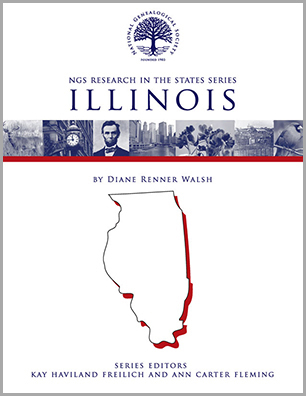 French Canadians originally settled in Illinois during the eighteenth century. The English succeeded them in 1763. Twenty years later, it became a territory of the United States. American pioneers traveled overland and by river to farm its rich, fertile prairie. Between 1830 and 1860, immigrants from Germany and Switzerland poured into the state. Later, former southern slaves as well as Irish and Polish immigrants set down roots in Illinois. Chicago became a major railroad hub. Ultimately, Illinois would welcome immigrants from throughout the world.
French Canadians originally settled in Illinois during the eighteenth century. The English succeeded them in 1763. Twenty years later, it became a territory of the United States. American pioneers traveled overland and by river to farm its rich, fertile prairie. Between 1830 and 1860, immigrants from Germany and Switzerland poured into the state. Later, former southern slaves as well as Irish and Polish immigrants set down roots in Illinois. Chicago became a major railroad hub. Ultimately, Illinois would welcome immigrants from throughout the world.
Research in Illinois offers family historians and genealogists comprehensive and detailed descriptions of the state’s archives, libraries, and societies, including what records are available online and how to access them. Readers learn where to find county plats and landownership maps; business documents; cemetery and census records; court, naturalization, and probate records as well as vital records. There also are extensive sections on land, military, and religious records. The guide book includes repositories in small towns and bustling business centers; online resources; and microfilmed records and manuscripts in the state’s archives and courthouses.
Published by NGS, Research in Illinois is one volume in the Research in the States series. This guidebook was edited by Kay Haviland Freilich, CG, CGL, FNGS, and Ann Carter Fleming, a Fellow of NGS. It is available for purchase in the NGS online store in both PDF and print versions.

